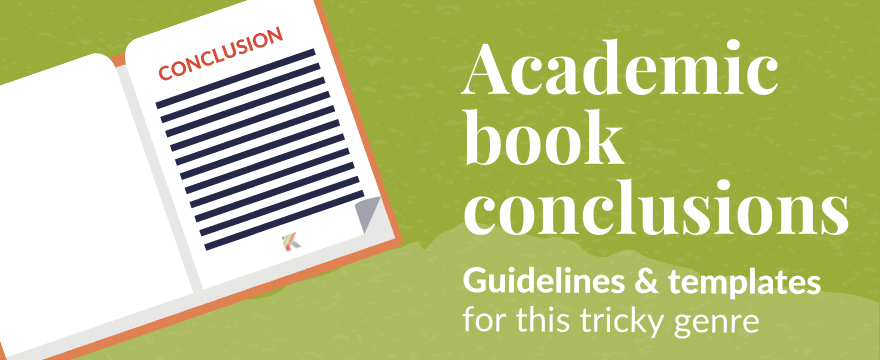If you’ve published a journal-article-length version of one (or more) of your book chapters you’re probably wondering one thing: just how different does my book chapter really need to be from its journal article counterpart? You might, for instance, think that adding a new case study or section is the quickest way to show that your book chapter really is different from the journal article version.
I suggest you think about this question differently. Instead of focusing on objective, quantitative dimensions, I encourage you to think about this revision process qualitatively and functionally.
Journal articles and book chapters are very different modes of writing. The former must be self-contained while the latter dialogs horizontally (with other chapters) and vertically (with the book level). So, focusing on how many words, sections, or case studies you will need to add misses the point.
In this post, I tell you the four key dimensions you should revise thoroughly when transforming your journal article into a book chapter (and one dimension that likely won’t change much).
(Psst! Wondering why you’d even want to pre-publish journal-article-length versions of your book chapters, how much you can publish without jeopardizing the book’s chances, or how to talk about your pre-published material in your book proposal? I’ve got you covered with this post: “Pre-Publishing Material from Your Book: How Much, Why, and What to Choose.“)
Dimension #1: The ends to which you mobilize your claims
A journal article must be self-contained and its argument commensurate with its evidence. A book chapter in an academic book, by contrast, is but one piece in much larger book-level puzzle. It engages horizontally with other chapters in the same book, contributing to a larger book narrative arc. Additionally, its chapter-level claims engage vertically with the higher-order book level.
So, when turning your journal article into a book chapter, you must first revisit the ends to which you mobilize your evidence. Typically, you will need to broaden your chapter-level claims and ensure that the chapter’s horizontal and vertical connections are clear. For a step-by-step guide to evaluating your book this way, see Chapters 1–12 of The Dissertation-to-Book Workbook.
Dimension #2: The amount, type, and placement of background information
Journal articles’ self-contained nature means that they must give readers all the background information necessary to follow the article’s argument. Books, by contrast, have nested structures and present different levels of background information in different places, like the book introduction, individual chapter introductions, or at the point of use.
So, when revising your journal article into a book chapter, carefully review the amount, type, and placement of background information you give in the article. Ask whether that information truly belongs in the chapter or, by contrast, whether it belongs in the book introduction (or elsewhere).
Dimension #3: The amount of evidence or case studies you analyze
Most journal articles are not as long monograph chapters. So, it’s quite common for authors transforming journal articles into academic books to add case studies or additional examples to support their chapter-level claims.
Do this carefully, though. As I said in this post’s introduction, do not merely add cases for the sake of increasing the chapter’s word count, or because you think your chapter needs to look drastically different from its journal article counterpart. Instead, ensure that any additional material truly adds new layers to your chapter’s inquiry. Resist adding a new section or case study that merely gives yet another example of what you’ve already shown.
Dimension #4: The introduction and conclusion
Dimensions #1 and 2 most directly impact your introduction and conclusion.
Do revise both thoroughly. Ensure that the introduction clearly situates the book chapter within the broader book (and only presents critical chapter-level background).
It’s also common for book chapter conclusions to gesture toward what follows (and nothing follows a standalone journal article). So, revise your chapter conclusion to ensure that it situates the chapter version within the larger (book) whole.
The One Thing That Won’t Change That Much: Close Readings and Analyses
One dimension of your journal article, though, will likely remain relatively similar in its book chapter counterpart: the close readings and analyses you offer of your primary case studies. While the ends to which you mobilize the chapter-level claims will be different, the way you interpret your evidence will likely not change much.



